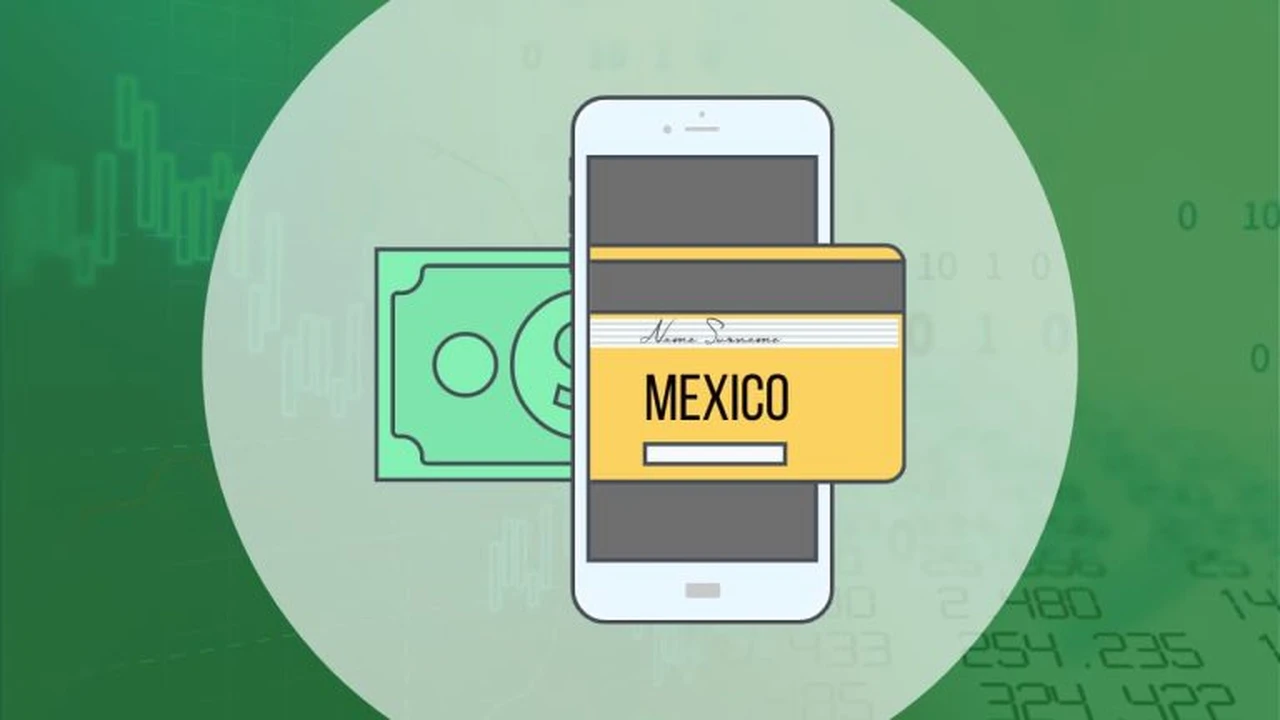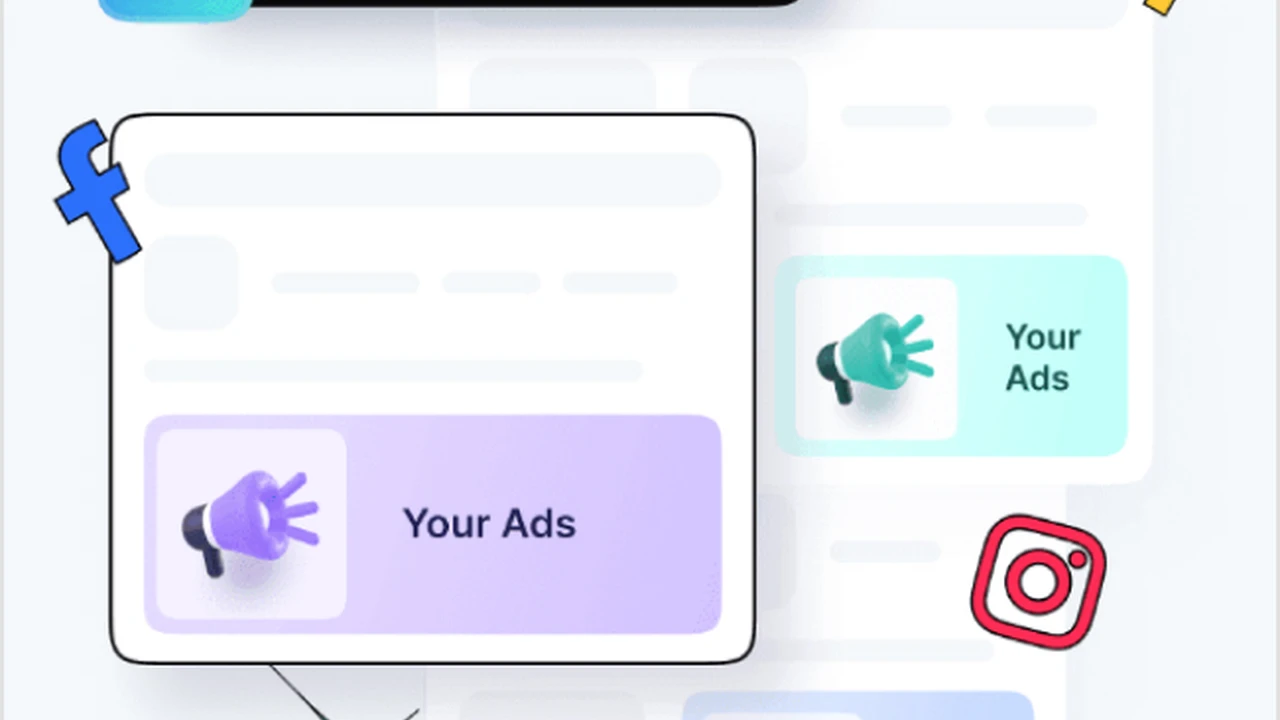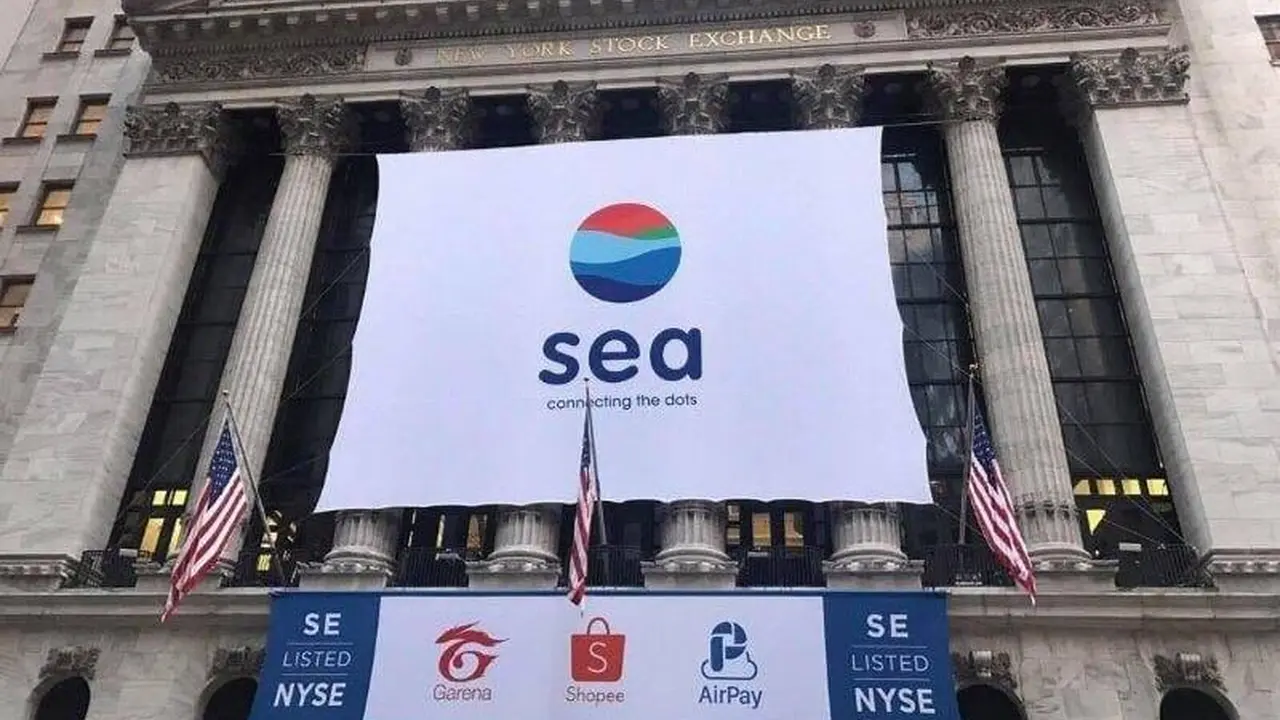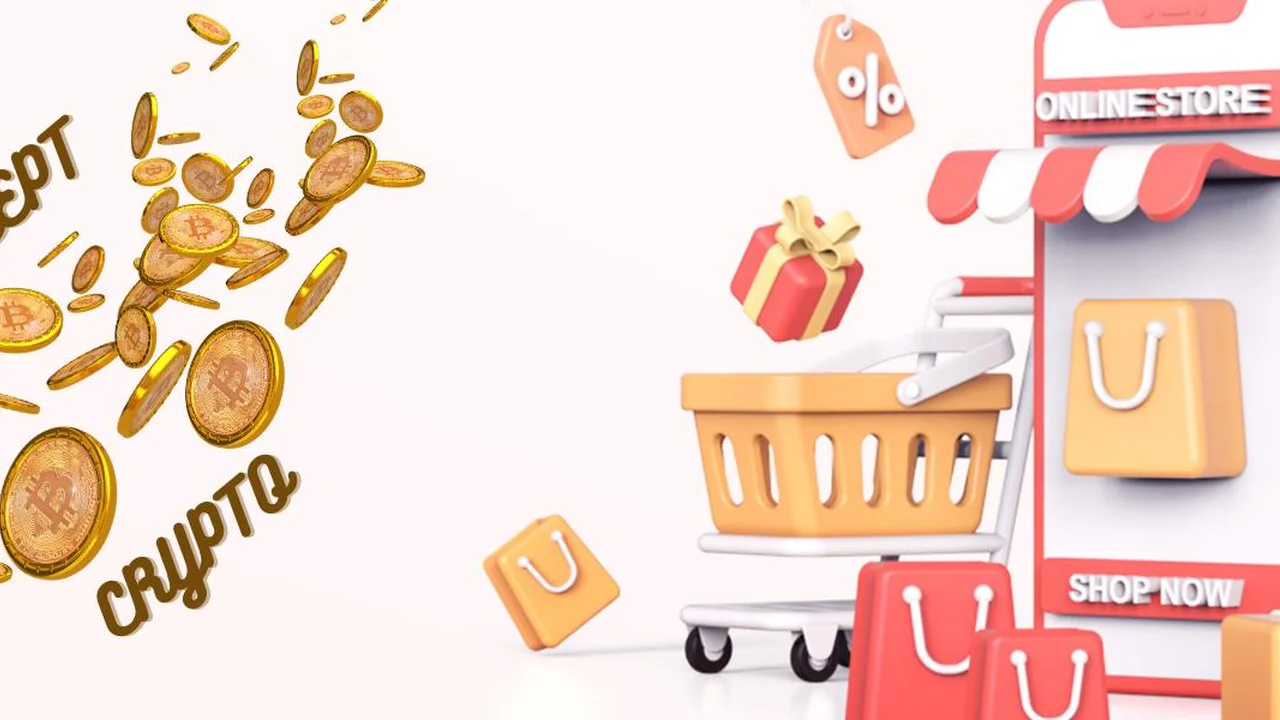The Best Mobile Payment Apps for Consumers in SEA & Mexico
Sample meta description.

Understanding the Mobile Payment Landscape in Southeast Asia (SEA) & Mexico
Alright, so you're looking to dive into the world of mobile payments in Southeast Asia (SEA) and Mexico? Smart move! These are booming markets with massive potential. But before we jump into specific apps, let's get a lay of the land. Think about it: SEA is a diverse region with varying levels of internet access and banking penetration. Mexico, on the other hand, has a strong informal economy and a different set of challenges. Understanding these nuances is key to picking the right payment app.
In SEA, countries like Singapore and Malaysia are pretty advanced in terms of digital payments, while others like Vietnam and Indonesia are catching up quickly. Mobile wallets are super popular, often integrated with e-commerce platforms and ride-hailing services. In Mexico, cash is still king, but mobile payments are gaining traction, especially among younger, tech-savvy consumers. The pandemic definitely accelerated the shift to digital payments in both regions.
Key Features to Look for in Mobile Payment Apps: SEA & Mexico Focus
Okay, so what makes a good mobile payment app for these markets? Here are some must-have features:
- Security: This is non-negotiable. Look for apps with strong encryption, two-factor authentication, and fraud protection measures. Users need to trust that their money is safe.
- Ease of Use: The app should be intuitive and easy to navigate, even for users who aren't super tech-savvy. A cluttered interface is a big no-no.
- Widespread Acceptance: What good is a payment app if nobody accepts it? Make sure the app is widely used by merchants in your target market.
- Low Transaction Fees: Fees can eat into profits, especially for small businesses. Look for apps with competitive transaction fees or even zero fees for certain transactions.
- Integration with Other Services: Bonus points if the app integrates with other popular services like e-commerce platforms, ride-hailing apps, and loyalty programs.
- Local Language Support: This is crucial for user adoption. The app should be available in the local languages of the countries you're targeting.
- Customer Support: A responsive and helpful customer support team is essential for resolving issues and building trust.
- Offline Functionality: In regions with spotty internet connectivity, offline functionality can be a lifesaver.
Top Mobile Payment Apps in Southeast Asia: A Detailed Comparison
Let's dive into some specific apps that are making waves in SEA:
GrabPay: The Ride-Hailing Giant's Payment Solution (Singapore, Malaysia, Indonesia, Philippines, Thailand, Vietnam)
Description: GrabPay is integrated directly into the Grab app, which is a household name in SEA for ride-hailing, food delivery, and more. This makes it incredibly convenient for users who already use Grab's other services.
Use Cases: Paying for Grab rides, ordering food delivery, online shopping, in-store payments at participating merchants.
Pros: Wide acceptance, seamless integration with Grab's other services, loyalty program (GrabRewards), convenient for frequent Grab users.
Cons: Primarily focused on the Grab ecosystem, may not be as widely accepted outside of that ecosystem.
Pricing: Transaction fees vary depending on the merchant and payment method.
Gopay: Indonesia's Leading Mobile Wallet
Description: Gopay is part of the Gojek ecosystem, which is similar to Grab but even more deeply integrated into daily life in Indonesia. It's used for everything from transportation to bill payments.
Use Cases: Paying for Gojek rides, ordering food delivery (GoFood), online shopping, bill payments, in-store payments at participating merchants.
Pros: Huge user base in Indonesia, deeply integrated into the Gojek ecosystem, convenient for everyday transactions.
Cons: Primarily focused on Indonesia, may not be as widely accepted outside of Indonesia.
Pricing: Transaction fees vary depending on the merchant and payment method.
ShopeePay: The E-Commerce Powerhouse's Wallet (Singapore, Malaysia, Indonesia, Philippines, Thailand, Vietnam)
Description: ShopeePay is the mobile wallet of Shopee, one of the leading e-commerce platforms in SEA. It's designed to make online shopping on Shopee even easier and more convenient.
Use Cases: Paying for purchases on Shopee, in-store payments at participating merchants, transferring money to other ShopeePay users.
Pros: Seamless integration with Shopee, discounts and promotions for ShopeePay users, convenient for online shopping.
Cons: Primarily focused on the Shopee ecosystem, may not be as widely accepted outside of that ecosystem.
Pricing: Transaction fees vary depending on the merchant and payment method.
Touch 'n Go eWallet: Malaysia's Transportation Payment Champion
Description: Touch 'n Go eWallet is a popular mobile wallet in Malaysia, initially known for paying tolls on highways. It has since expanded to cover a wide range of other use cases.
Use Cases: Paying tolls, paying for parking, online shopping, in-store payments at participating merchants, bill payments.
Pros: Widely accepted in Malaysia, especially for transportation-related payments, convenient for everyday transactions.
Cons: Primarily focused on Malaysia, may not be as widely accepted outside of Malaysia.
Pricing: Transaction fees vary depending on the merchant and payment method.
Leading Mobile Payment Apps in Mexico: Analyzing the Options
Now, let's shift our focus to Mexico and explore some of the top mobile payment apps there:
Mercado Pago: The Latin American E-Commerce Giant's Solution
Description: Mercado Pago is the payment platform of Mercado Libre, the leading e-commerce platform in Latin America. It's widely used for online shopping and in-store payments.
Use Cases: Paying for purchases on Mercado Libre, in-store payments at participating merchants, transferring money to other Mercado Pago users, paying bills.
Pros: Huge user base in Latin America, deeply integrated into the Mercado Libre ecosystem, convenient for online shopping.
Cons: Primarily focused on the Mercado Libre ecosystem, transaction fees can be higher than some other options.
Pricing: Transaction fees vary depending on the merchant and payment method. They offer different tiers with varying fees and features.
Clip: Empowering Small Businesses in Mexico
Description: Clip is a popular mobile payment solution in Mexico that focuses on enabling small businesses to accept credit and debit card payments using their smartphones or tablets. They offer a range of card readers and a mobile app.
Use Cases: Accepting credit and debit card payments in-store, accepting online payments, generating payment links.
Pros: Easy to set up and use, affordable for small businesses, allows businesses to accept card payments without a traditional point-of-sale system.
Cons: Transaction fees can be higher than some other options, requires a card reader.
Pricing: Transaction fees are typically around 3.6% + MXN 3.60 per transaction. They also offer different pricing plans with varying features.
Conekta: A Payment Gateway for Businesses in Mexico
Description: Conekta is a payment gateway that allows businesses in Mexico to accept online payments through a variety of methods, including credit cards, debit cards, and cash payments at convenience stores.
Use Cases: Accepting online payments on websites and mobile apps, processing recurring payments, managing subscriptions.
Pros: Supports a wide range of payment methods, integrates with popular e-commerce platforms, offers robust fraud protection measures.
Cons: Requires technical integration, may be more complex to set up than some other options.
Pricing: Transaction fees vary depending on the payment method and the volume of transactions.
BBVA Send: A Banking App with Mobile Payment Capabilities
Description: BBVA Send is a mobile banking app offered by BBVA, one of the largest banks in Mexico. It allows users to manage their accounts, transfer money, and make payments.
Use Cases: Transferring money to other BBVA Send users, paying bills, making purchases at participating merchants.
Pros: Convenient for BBVA customers, secure and reliable, offers a range of banking services.
Cons: Primarily focused on BBVA customers, may not be as widely accepted as some other options.
Pricing: Transaction fees vary depending on the type of transaction.
Mobile Payment App Comparison: SEA vs. Mexico - Key Differences and Similarities
So, what are the key differences and similarities between the mobile payment landscapes in SEA and Mexico? Here's a quick rundown:
Similarities:
- Growing Adoption: Both regions are experiencing rapid growth in mobile payment adoption.
- Mobile-First Approach: Mobile devices are the primary way many people access the internet and make payments in both regions.
- E-Commerce Driving Growth: The growth of e-commerce is a major driver of mobile payment adoption in both regions.
- Convenience is Key: Users in both regions value convenience and ease of use.
Differences:
- Market Maturity: Some countries in SEA are more advanced in terms of digital payments than Mexico.
- Banking Penetration: Banking penetration is generally higher in SEA than in Mexico.
- Cash Culture: Cash is still more prevalent in Mexico than in many parts of SEA.
- Dominant Players: The dominant mobile payment players differ between the two regions.
- Regulatory Landscape: The regulatory landscape for mobile payments varies between the two regions.
Choosing the Right Mobile Payment App: Factors to Consider for Consumers & Merchants
Ultimately, the best mobile payment app for you will depend on your specific needs and circumstances. Here are some factors to consider:
For Consumers:
- Where do you shop most often? Choose an app that is widely accepted at the merchants you frequent.
- What services do you use regularly? Consider apps that are integrated with the services you use, such as ride-hailing apps or e-commerce platforms.
- What are your security concerns? Look for apps with strong security features and a good reputation for protecting user data.
- What is your budget? Consider the transaction fees associated with different apps.
For Merchants:
- What is your target market? Choose an app that is popular with your target customers.
- What types of payments do you want to accept? Consider apps that support the payment methods you want to offer.
- What is your budget? Consider the transaction fees and any other costs associated with different apps.
- What is your technical expertise? Choose an app that is easy to integrate with your existing systems.
The Future of Mobile Payments in SEA & Mexico: Trends to Watch
The mobile payment landscape in SEA and Mexico is constantly evolving. Here are some trends to watch:
- Increased Adoption of QR Codes: QR code payments are becoming increasingly popular in both regions.
- Growth of Biometric Authentication: Biometric authentication methods, such as fingerprint scanning and facial recognition, are becoming more common.
- Expansion of Mobile Payment Acceptance: Mobile payment acceptance is expanding beyond traditional retail stores to include smaller businesses and informal vendors.
- Integration with Blockchain Technology: Blockchain technology has the potential to revolutionize mobile payments by making them more secure and efficient.
- Rise of Central Bank Digital Currencies (CBDCs): Some central banks in SEA and Mexico are exploring the possibility of issuing their own digital currencies.
:max_bytes(150000):strip_icc()/277019-baked-pork-chops-with-cream-of-mushroom-soup-DDMFS-beauty-4x3-BG-7505-5762b731cf30447d9cbbbbbf387beafa.jpg)






